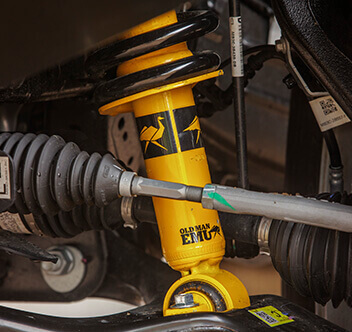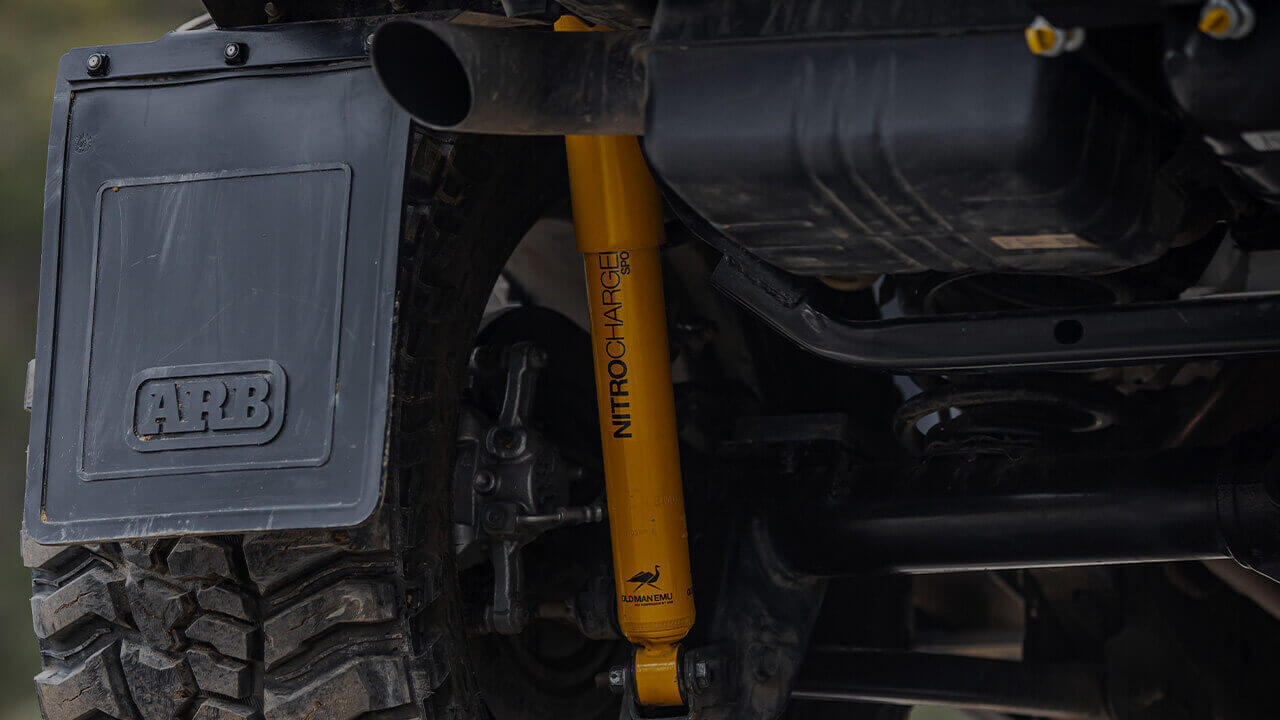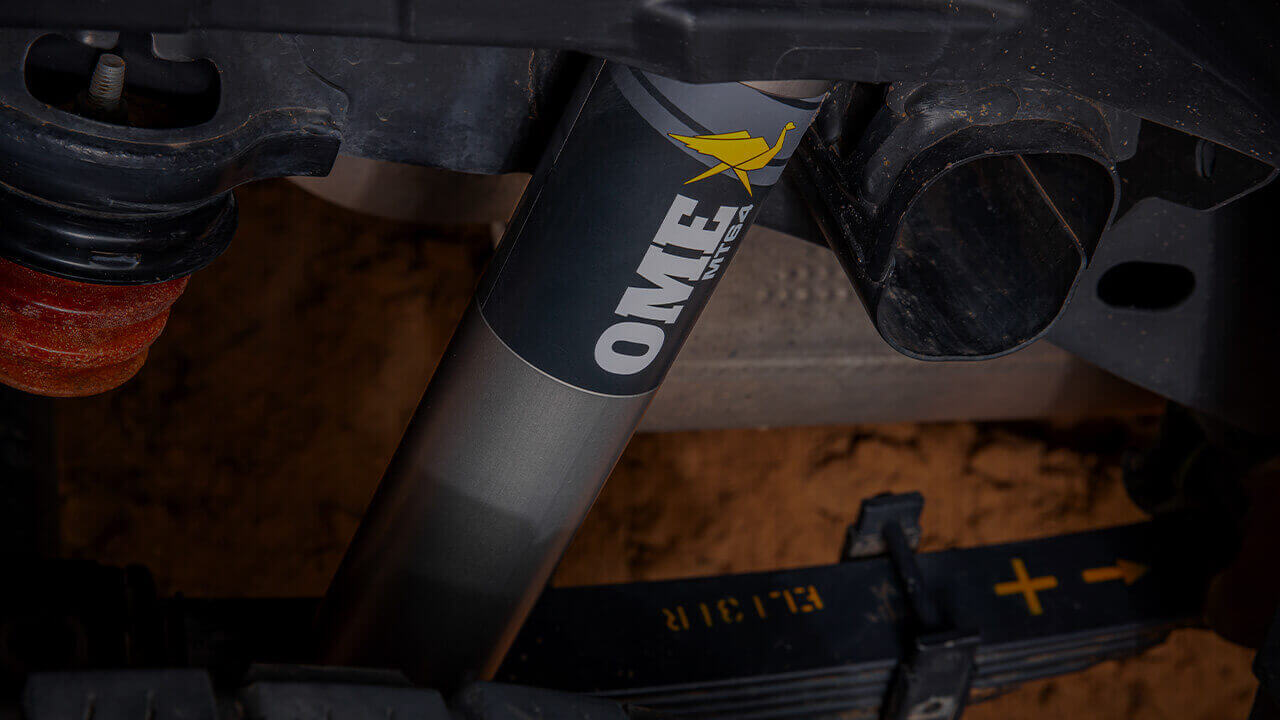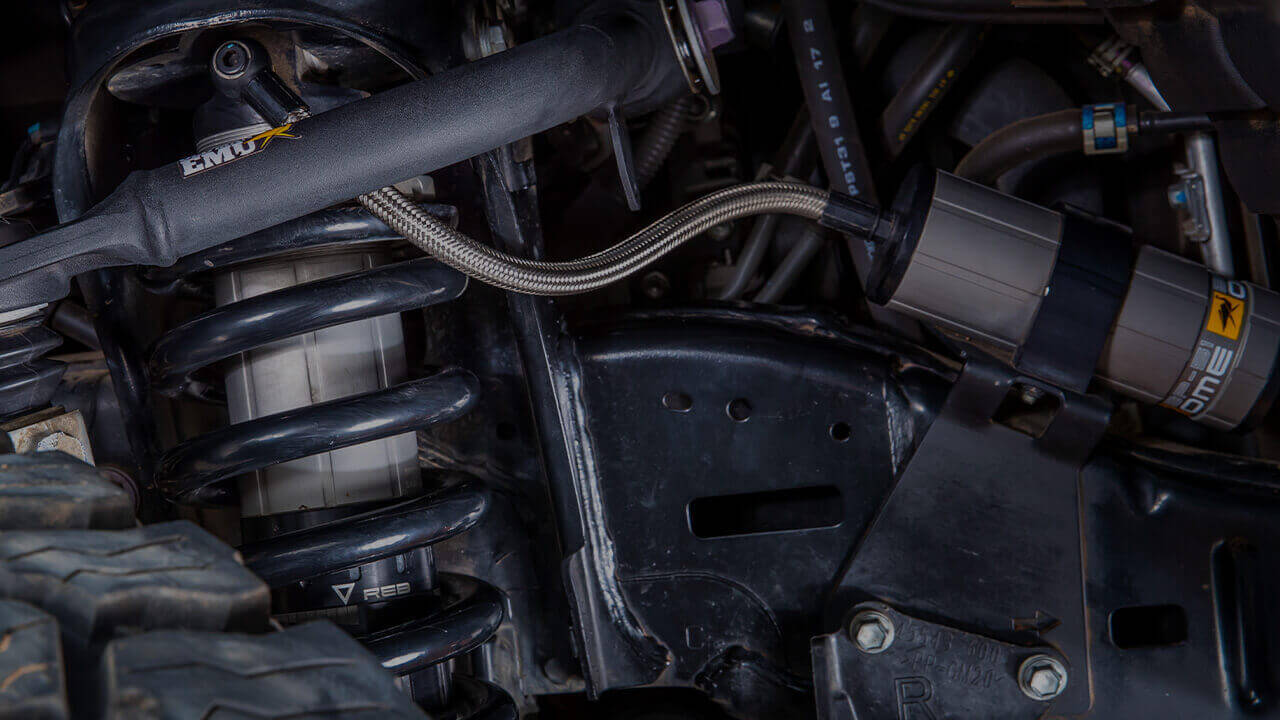การยุบตัวและการคืนตัวคืออะไร?
Damping refers to the slowing of the shock absorber’s oscillation. This is controlled by a series of valves that slow the movement of the hydraulic fluid through the piston. Valving controls the movement of the pistons both during compression and rebound strokes.
การปรับเปลี่ยนเหล่านี้จะมีผลต่อยานพาหนะอย่างไร?
Adjusting the compression valving has an effect on how comfortable or firm the suspension is when the suspension of the vehicle compresses. Too firm and the vehicle will feel every bump and ripple in the road surface as the shock tries to prevent the spring from freely compressing. Too soft and the ride will become more comfortable, however, more body roll can be felt when tackling corners and the vehicle may nose dive during braking, resulting in less control. The suspension may also easily bottom out on the bump stops.
Adjusting rebound valving effects the rate at which the shock allows the spring to return back to ride height once it has been compressed. Higher rate springs are used to maintain correct ride height when either accessories or greater constant loads are added to the vehicle. When these springs are compressed with greater load, the energy stored within the spring is also greater and requires extra damping control as it rebounds. Not enough rebound control may cause the shock absorber to top out, causing internal damage to the shock or allow the suspension to bounce numerous times after hitting an obstacle, resulting in less control of the vehicle.











